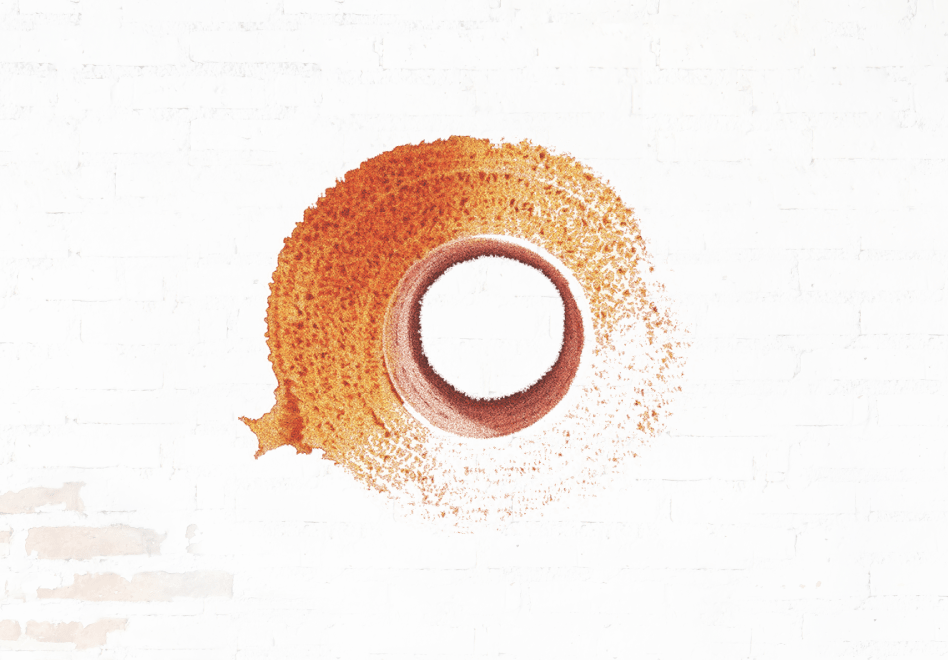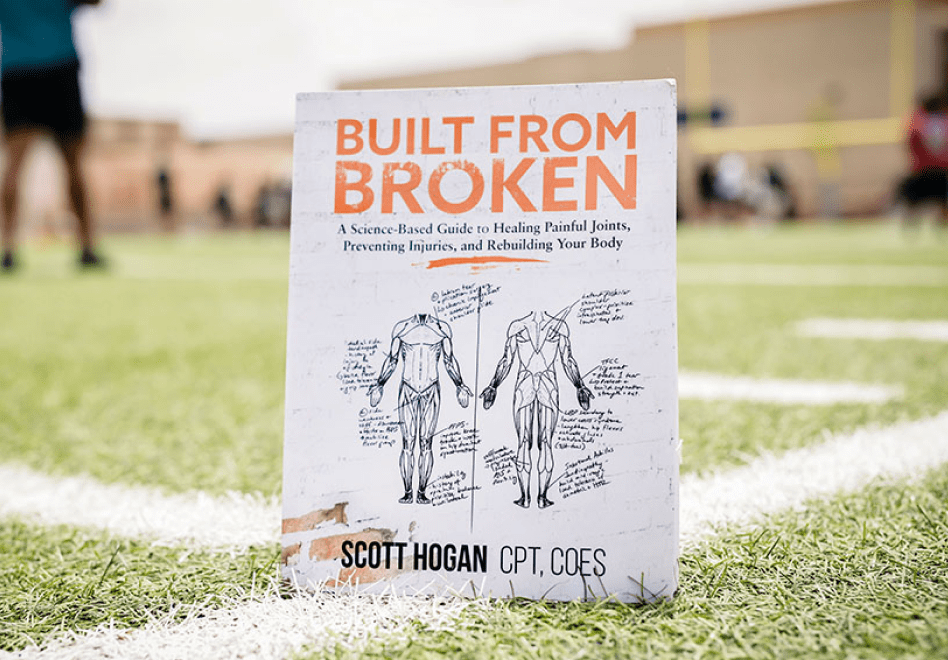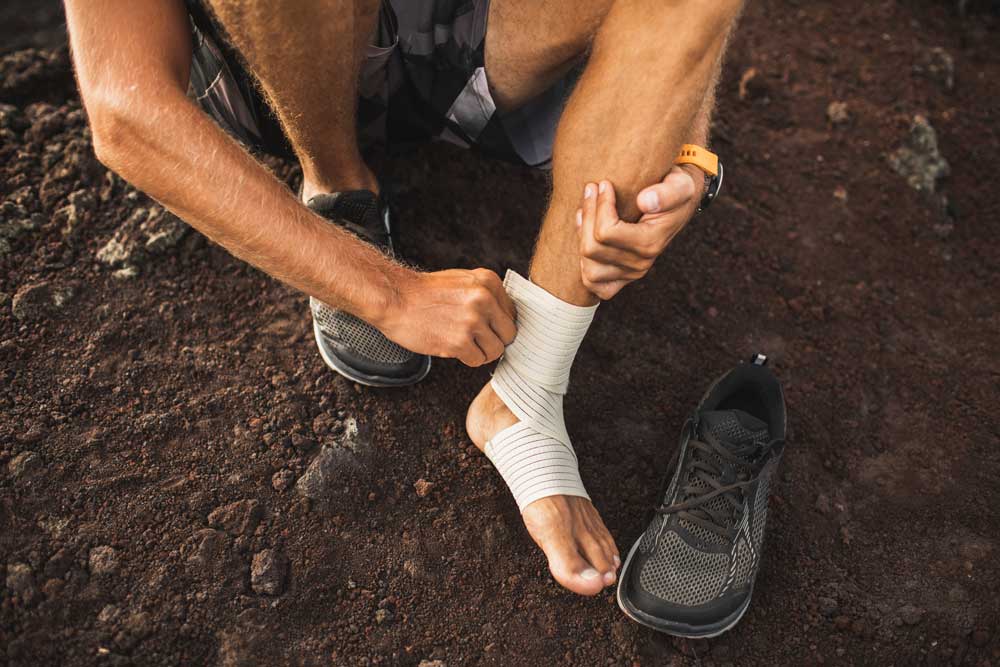
Be built (to last).
The right supplements can help you recover naturally and build a resilient body.
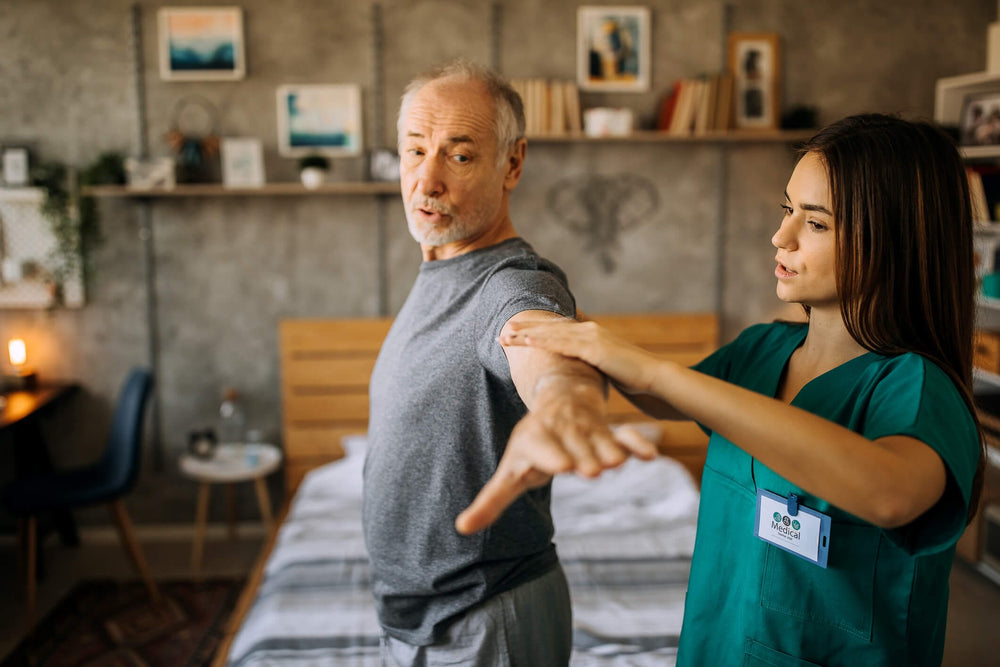
Supplement Quiz
Take this short quiz to discover the perfect supplements for your needs and goals.
About SaltWrap
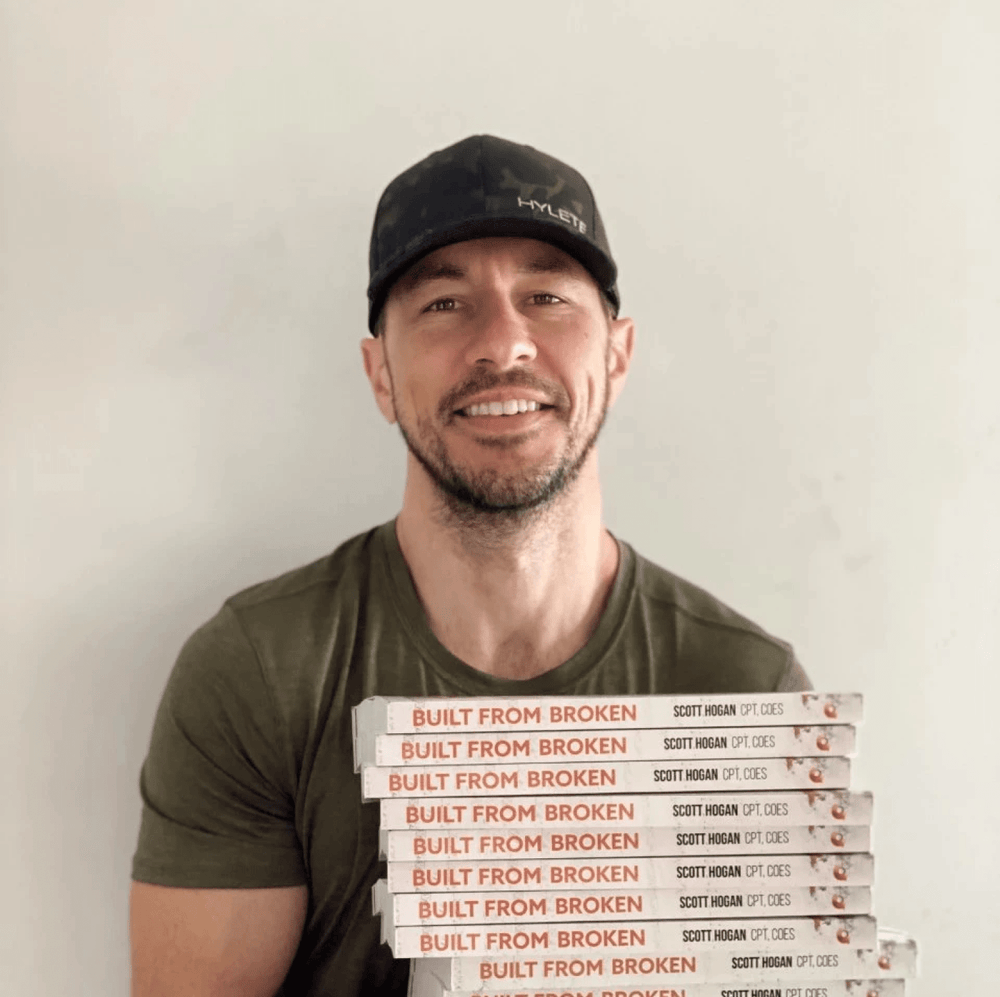
Built from Broken
Get the best-selling book from SaltWrap founder, Scott Hogan, and start rebuilding today.
The 'Mileage Checklist' for Preventing Pain & Injuries
by Scott Hogan, ACE-CPT, COES
Your body is your lifelong vehicle. And just like any car or truck has a mileage checklist, your body needs one too.
Why? Because each decade presents new strengths, new challenges, and new priorities for preventing pain and injuries.
Here’s a simple decade-by-decade “maintenance plan” that will help keep you moving well — and living pain-free — for life.
Your 20s: Build Foundational Strength
If you’re in your 20s, you’ve got a huge advantage: your connective tissue is naturally more mobile and limber than it will ever be again. That’s why this decade is the perfect time to focus on building foundational strength and mastering the basics.
Here’s how:
-
Become proficient at the core movement patterns: squat, hinge, press, and pull.
-
Focus on clean technique on the big lifts.
-
Build muscle now to set yourself up for better health in your 30s, 40s, and beyond.
Think of this as your prime investment decade.
The strength and muscle you build now will pay dividends for decades to come.
Your 30s: Reduce Repetitive Strain
By now, some of the things you “got away with” in your 20s simply won’t work anymore. High-frequency heavy lifting or repetitive movements may begin leading to nagging injuries.
The smarter play? Consistency over intensity.
Here’s how to do it:
-
Schedule a quarterly tune-up session with a physical therapist. A single session may run you about $75–$125, but it can reveal hidden weak points and provide you with a custom list of exercises to help keep you balanced. Follow-up visits each quarter can help reinforce movement quality and protect against injuries.
-
Adjust your training to minimize repetitive strain.
In your 30s, knowledge and consistency are your best tools.
Your 40s: Maintain Athleticism
Here’s where most people start to “retire” from sports. They stop playing basketball, soccer, or even weekend pickup games because of past injuries or the fear of new ones.
The result? Less variety in movement — and a faster decline in mobility and athleticism.
Your counterstrategy: add variety back in.
Here’s how to do it:
-
Take up recreational sports, martial arts, or outdoor activities that challenge you in new ways.
-
Prioritize dynamic movement and fun rather than “the grind” of your 20s and 30s.
The goal in your 40s is to protect your ability to move dynamically.
Your 50s: Prioritize Hip Mobility
This is when sitting and lifestyle habits really start to show up. Tight hip flexors and weak glutes pull on your lower back, creating pain and stiffness.
That means your top priority should be hip mobility. Because protecting your hips now will help prevent back pain, falls, and joint issues later.
Here’s how to do it:
-
Stretch and mobilize the hips daily.
-
Keep lifting and moving, but double down on mobility work.
Your 50s are about staying limber while holding on to strength.
Your 60s: Protect Functional Strength
Forget circus tricks like balancing on a Bosu ball with a kettlebell overhead. Functional strength is your main priority. And that simply means being strong and stable in the movements you need for everyday life.
The two big levers here are:
-
Grip strength improvement, which is one of the strongest predictors of overall healthspan and lifespan.
-
Balance training to keep you agile and prevent falls.
Think of your 60s as the decade to bulletproof the activities of your daily life.
Your 70s: Stay Strong
Mobility is still important. But strength is now your lifeline.
Here’s how to approach it:
-
Commit to 2–3 full-body strength sessions each week.
-
Focus on compound movements that build and maintain muscle.
Why?
Because muscle mass is one of the strongest predictors of mortality.
More muscle means better metabolic health, more independence, and a higher quality of life.
In your 70s, doubling down on strength is non-negotiable, even if it hasn’t been a top priority before.
Your 80s: Stay Connected
Here, fitness is about more than muscles and mobility. It’s about connection and consistency.
Here’s how to maintain not just your fitness, but overall health and wellbeing:
-
Group activities, fitness classes, and social hobbies keep you moving.
-
Staying socially connected is one of the most important predictors of long-term health.
In your 80s, the best training program is one that keeps you active and engaged with others.
Final Thoughts
Think of this checklist as preventive maintenance. Just like a vehicle runs better with regular tune-ups, your body thrives when you intelligently adjust your training focus each decade.
Here's a quick recap:
-
20s: Build foundational strength.
-
30s: Reduce repetitive strain.
-
40s: Maintain athleticism.
-
50s: Prioritize hip mobility.
-
60s: Protect functional strength.
-
70s: Stay strong.
-
80s: Stay connected.
Start where you are. Focus on what matters most for your decade.
And if you want to go deeper, check out Built from Broken.
This award-winning bestseller has helped thousands of readers build stronger and more resilient joints, resolve nagging injuries, and even help protect themselves against future injuries.
Click the button below to learn more.
Founder: Scott Hogan

I created SaltWrap to bring together the most practical ideas in therapeutic sports nutrition, corrective exercise, and functional fitness — with the goal of keeping you (and myself) strong, mobile, and built to last.
I've worked as an A.C.E. Certified Personal Trainer, Orthopedic Exercise Specialist, and nutritional supplement formulator.
But more importantly — I've spent most of my life battling injuries, joint pain, and just being plain beat up. So I know what it's like to struggle toward fitness goals.
SaltWrap is here to push you through injuries, setbacks and perceived physical limitations. To a place beyond what you think you're capable of. Sign up here to stay in the loop.
Learn more about my best-selling injury prevention and recovery book, Built from Broken.

